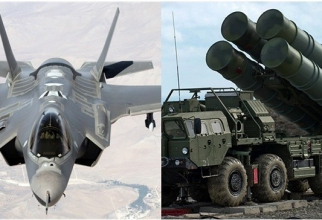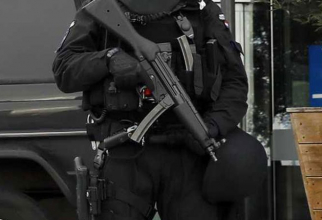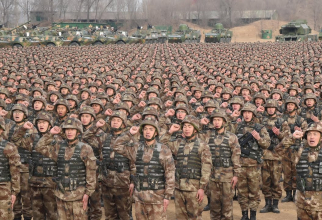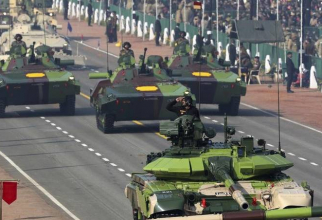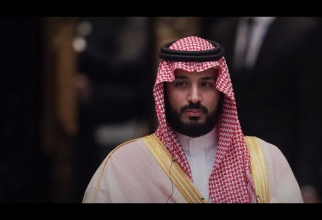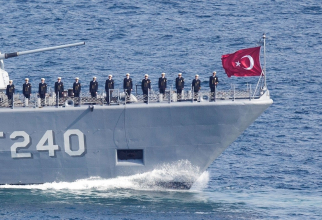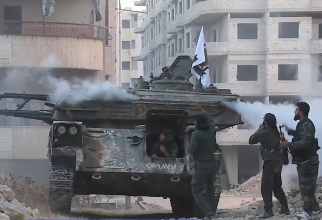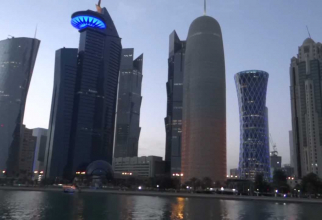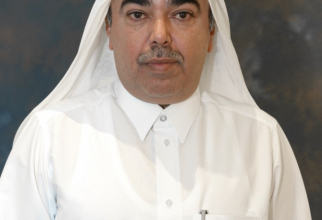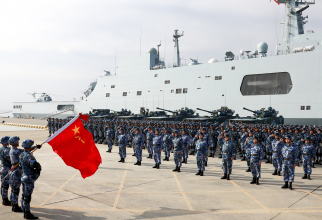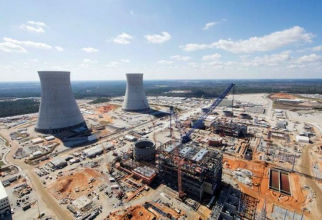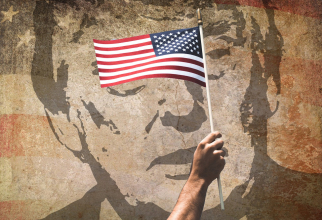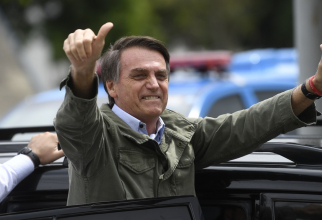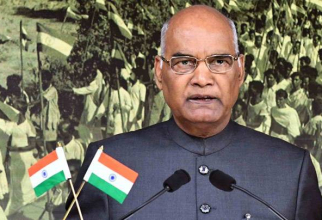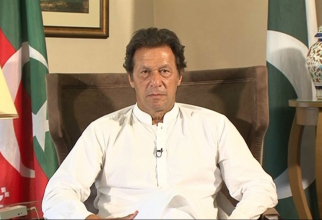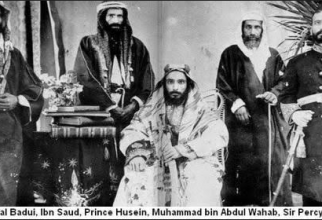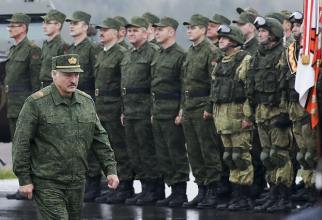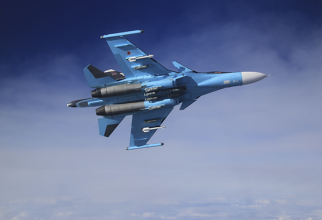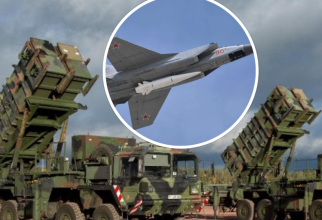Russia launches new Zircon hypersonic missiles in a clear geopolitical attack on the US. America must wake up
Oleksandr Levchenko, diplomat and geopolitics expert, former Ukrainian ambassador to Croatia and Bosnia and Herzegovina from 2010 to 2017, writes an editorial exclusively for DefenseRomania about Russia's large-scale military maneuvers in Belarus, which aimed to simulate a war against NATO and especially the testing of the new Zircon hypersonic missiles, which is not only a show of force but also a geopolitical attack on American interests in the region. The challenges are huge, especially in the context in which these missiles are very difficult to intercept, and this should quickly wake up the US. We reproduce the full opinion text.
The Russian military exercises "West-2025" started in Belarus on September 12 and lasted until September 16. About 30 thousand Russian and Belarusian military personnel took part in the exercises. The exercises cover Belarus, Kaliningrad, the Arctic region and the western military districts of Russia. Julian Röpke, an analyst for the German publication Bild, believes that during these exercises, the Russians and Belarusians are practicing the capture of the Suwałki Corridor, which separates the Kaliningrad region of the Russian Federation and Belarus by a narrow strip of the territory of Lithuania and Poland. According to the publication, the risk of a new strike is not ruled out in Europe. In particular, after the end of the maneuvers "West-2021", Moscow began a full-scale invasion of Ukraine. Therefore, on the night of September 12, Poland completely closed the border with the Russian Federation and Belarus and deployed 40 thousand soldiers and armored vehicles along the borders with them. Lithuania and Estonia also partially closed their skies for the Russian-Belarusian exercises.
As part of the joint Russian-Belarusian exercises, the Russian Baltic Fleet conducted training in the Kaliningrad region. Tu-22M3 supersonic bombers patrolled the Barents Sea. During the Zapad-2025 military exercises, the Russian army deployed Iskander missile systems, capable of launching ballistic and cruise missiles, in the Kaliningrad exclave, less than 40 km from the border with Poland.
U.S. News emphasizes that the test of the Russian Zircon missile in the Barents Sea during the large-scale Zapad-2025 exercises was a demonstration of Russia's ability to attack sea and land targets with hypersonic weapons, which are practically invulnerable to existing US and NATO missile defense systems. For Washington, this means undermining the strategy of protecting its own aircraft carrier groups in the North Atlantic and off the coast of Europe, and also creates new vulnerabilities on routes that are critical to the American military presence. A particular danger is that the test was conducted precisely in the area where Russian strategic submarines are located, capable of operating against American facilities in Greenland, Iceland, and even on the east coast of the United States. The successful launch of Zircon as part of Zapad-2025 is a signal of Moscow’s readiness to use hyperweapons for a global confrontation with the United States, using it as a tool of strategic blackmail. For American policy, this creates a serious challenge: the Kremlin can destroy the allies’ trust in Washington’s security guarantees and provoke doubts about the United States’ ability to deter new forms of threats. Thus, the demonstration of Russian capabilities becomes not only a military but also a geopolitical attack on US positions, undermining their authority in the transatlantic security system.
The launch of Zircon during the Zapad-2025 exercises showed that it should not be considered as a local demonstration of force - it directly affects the American global strategy, as it calls into question the superiority of the United States in the field of maritime security and its ability to respond quickly to new challenges. Russia is no longer limited to local conflicts in Europe, but is directly signaling to the United States its readiness for strategic confrontation. This is not only a challenge to allies, but also a direct threat to American military capabilities in the North Atlantic. Such a move by Moscow means that American aircraft carrier groups find themselves within the reach of weapons that are practically impossible to intercept. Washington has less and less time to develop an adequate response. The hypersonic Zircon missile is a direct challenge to the entire concept of US missile defense, the creation of which has taken decades and hundreds of billions of dollars. If even the most advanced systems are unable to stop a Russian missile, this undermines the very idea of America's strategic superiority.
This situation calls into question the reliability of defense not only in Europe, but also in the territory of the United States itself. This means that America, for the first time in a long time, may feel real vulnerability. Of particular danger is the location of the Barents Sea, where the strategic submarines of the Russian Northern Fleet are located. They are capable of attacking American bases and facilities located in Iceland, Greenland and even on the east coast of the United States. This expands the potential theater of operations far beyond Ukraine or Europe, creating a new dimension of risk for the American continent itself. For Washington, this means the need to reassess the entire concept of national security. The Kremlin is using the demonstration of new types of weapons as a tool of strategic blackmail. The launch of Zircon has not only military but also political significance - it is aimed at intimidating American allies in NATO. If Europeans begin to doubt the ability of the United States to protect them, this could undermine the basis of the transatlantic security concept. With the growth of such challenges, the United States finds itself faced with a dilemma: either quickly invest in new missile defense technologies or risk losing its strategic advantage. At the same time, a significant part of America's resources is already being spent on other geopolitical directions, in particular in the Indo-Pacific region. This creates the risk of dispersing forces that Russia can use. Therefore, Washington needs to clearly define its priorities in order to avoid falling behind. It is important to understand that the demonstration of Zircon is not an isolated signal, but an element of Moscow's long-term strategy. Russia seeks to create a situation where the United States will be forced to make decisions under pressure. In such conditions, any concessions from Washington may be interpreted by the Kremlin as weakness. This means that America must act in advance, strengthening its own positions and the trust of its allies, so as not to allow Russia to dictate the rules of the game. In addition, a military facility has been under construction south of Minsk near the village of Pavlovka since June 2024. Experts suggest that the Russian Oreshnik ballistic missile complex may be located here. It may be of strategic importance for the Russian Federation in the war against Ukraine and the confrontation with the West. Previously, the Slutsk 306th Strategic Missile Regiment was stationed there, which was armed with Soviet medium-range ballistic missiles R-12, as well as mobile missile complexes Pioneer and Topol. Since June 2024, deforestation and earthworks have begun in this area. The most active period of construction fell on 2025. Retired Major Marko Eklund, who worked in Finnish intelligence for over 20 years and studied the Russian army, said in an interview with Eesti Ekspress that this facility resembles a possible strategic missile base. Earlier, Russian President Putin stated that the Russian medium-range ballistic missile "Oreshnik" could be deployed in Belarus by the end of 2025.
"Oreshnik" is a new Russian medium-range missile. Its main feature is the ability to carry a separate warhead with several individual guidance blocks, which makes it extremely difficult to intercept by modern missile defense systems. The deployment of such weapons in close proximity to the borders of Ukraine and Poland creates a constant threat, reducing the time of approach to targets and putting critically important objects in Europe under attack. Russia’s intention to deploy the Oreshnik ballistic missile system in Belarus is a step that demonstrates deep military integration between the two countries and the de facto subordination of Belarusian territory to the Kremlin’s military interests. Such a decision is a show of force and indicates Moscow’s intention to create an additional lever of pressure on Kyiv and its Western partners, and its readiness for confrontation with the West. Constant threats of nuclear weapons and the involvement of a “nuclear component” in the exercises underscore Putin’s desire to use nuclear blackmail as a foreign policy tool. These actions are part of a broader strategy aimed at revising the world order and weakening NATO. The deployment of Oreshnik in Belarus will have a significant impact on regional security. This will increase tensions on NATO’s eastern flank and will require the Alliance to invest significant resources in strengthening missile defense systems and deploying additional contingents.
The Ministry of Foreign Affairs of Ukraine called on the Belarusian authorities to avoid provocations and not bring military units closer to the Ukrainian border during the "West-2025" exercise.
Fii primul care află cele mai importante știri din domeniu cu aplicația DefenseRomania. Downloadează aplicația DefenseRomania de pe telefonul tău Android (Magazin Play) sau iOS (App Store) și ești la un click distanță de noi în permanență
 Fiți la curent cu ultimele noutăți. Urmăriți DefenseRomania și pe Google News
Fiți la curent cu ultimele noutăți. Urmăriți DefenseRomania și pe Google News




